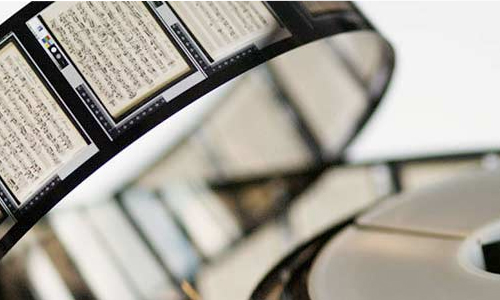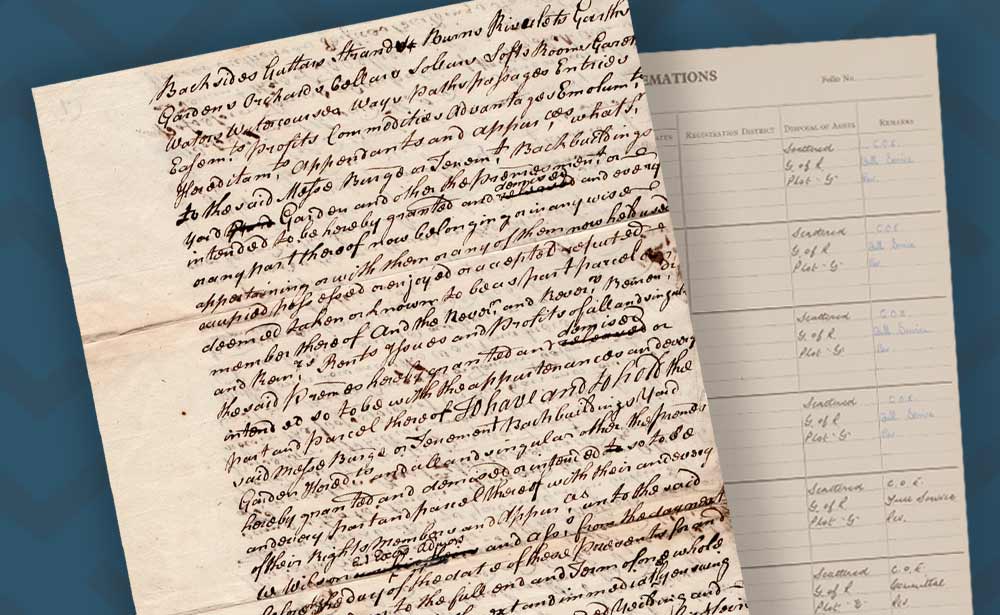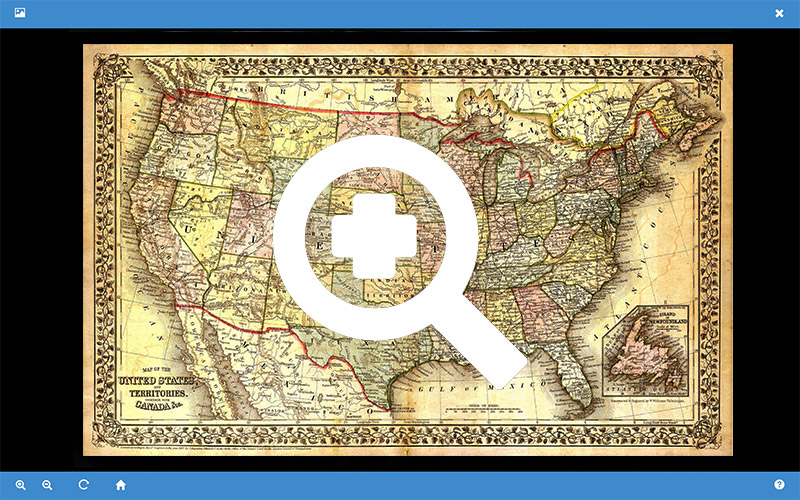Microfilm
Dating back to 1851, and used early on by a number of significant organisations for the preservation of print material on film, microfilm was soon approved as a reliable method of storing information.
Microfilm was once the popular method of choice for managing and storing archives but, like many archive related formats, the microfilm was a process that had a number of limitations mainly due to its vulnerability to loss as a result of deterioration over time or through disaster, such as fire, theft or flood. Consequently, this format has been mostly superseded by the emergence of the digital age and the opportunity this offers in terms of scanning and digitisation.
Find out how much your project could cost
Hear what our clients have to say about our digitisation services

I can safely say that with TownsWeb I happily recommended them to other companies for similar scanning and digitisation [projects] because I know they can be trusted. They can be relied upon to get the job done… they get it right, first time, every time.
Project Manager

Thanks to the digitisation carried out by TownsWeb, we have been able to extend the reach of our collections, for example by using the high quality images on our website. This makes the material available for those that cannot physically get to our museum due to its rural location, but also globally for research and educational purposes.
Museum Curator & Project Leader

TownsWeb offered us a complete end-to-end service, from scanning and transcription, to web design and content management software. Their work was completed quickly and to a high standard, and we are extremely pleased with the results.
Museum Curator
Digitisation Frequently Asked Questions
- To increase accessibility and flexibility of use
- Speed up access
- Compliance with legal requirements for requests for information and related fines as a result of delays.
- Safeguarding of valuable records
Microfilm exists in rolls of 100 feet and 215 feet. Thickness can also vary from ‘thick’ at 0.004 inches for a 100ft roll to ‘thin’ at 0.0025 inches for a 215 ft roll.
16mm roll film was a common format for standard A4 documents and both the front and the back can be captured for scanning purposes.
35mm microfilm was the common format for oversized documents, such as newspapers.
16mm Microfilm – Simplex was created with one image per frame and includes:
- 16mm Microfilm – Duplex
- 16mm Microfilm – M-Type Cartridge
- 16mm Microfilm – ANSI Cartridge
- 16mm Microfilm – Cine
- 16mm Microfilm – Comic
35mm Microfilm was created with up to about 1,500 frames and includes:
- Single-level Blip
- Dual-level Blip (Double-blipped)
By their very nature microfiche are a very delicate material to digitise and care must be taken to avoid accidental damage. They should only be handled by the edges to avoid fingerprints and be kept flat to avoid bending and crushing.
Calculate the cost of digitising your film collections
Simply input your specifications into the FREE digitisation quote calculator below, to get an estimate of how much your project might cost. The prices quoted are indicative for your material quantity and type but are subject to any additional costs such as file naming, folder naming and any post-processing requirements you may have.
If you don’t see your specific material listed it might be that your content is more suited to an informal chat.
Calculate your project costs
Enter your project details, material type and email using the form provided
Review your quote
Look out for your free no obligation quote, received straight to your inbox
Speak with our consultants
Book a discovery call if you have any questions or wish to proceed with your project
Film Digitisation Quote Calculator
Important Note: We charge a standard £500 project set-up and management fee in addition to the cost of digitisation.

Capture the data within your Microfilm
Digitisation places your microfilm in the perfect format to capture the valuable data contained within them, offering great potential for system integration and online access and discovery.
Capture the data within your collection with handwritten transcription, identifying any handwritten or cursive script within images and converting this to searchable and machine readable textual metadata through a process of scanning. Using bespoke transcription validation software we can guarantee highly accurate results, carrying out any preprocessing measures required and outputting to any format.
Learn more about Handwritten Transcription
Publish your Microfilm online
PastView is the perfect platform for publishing your microfilm online, offering great potential for access and discovery. Manage and publish your collection with:
- High Resolution Zoom: Revealing every minute detail through large scale manipulation
- Featured Collections: Gathering specific images into their own collections to showcase them
- Digital Downloads: Making select items uniquely accessible in order to generate revenue
- Watermarking Security: Safeguarding and protecting your images from copyright infringement









